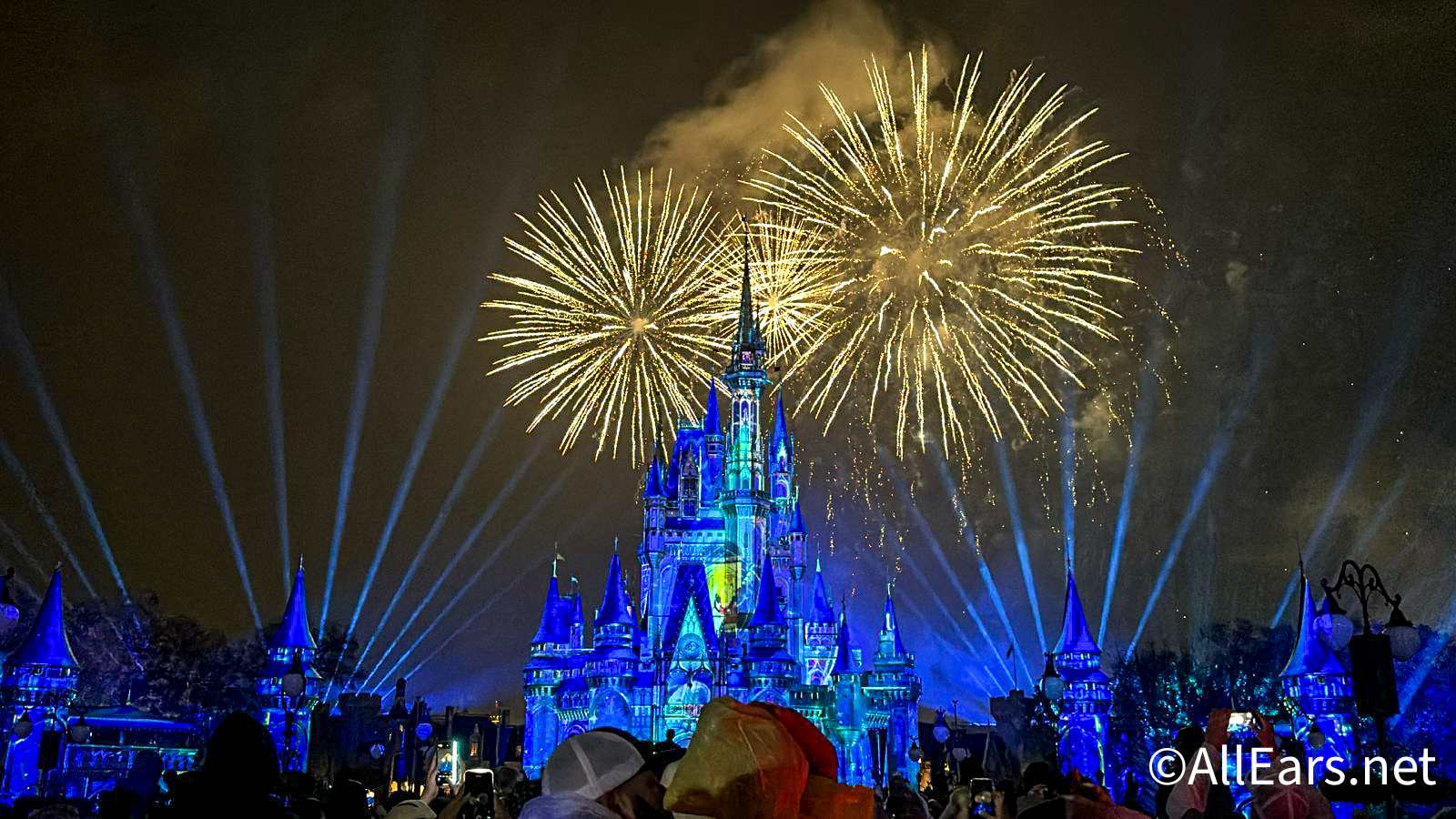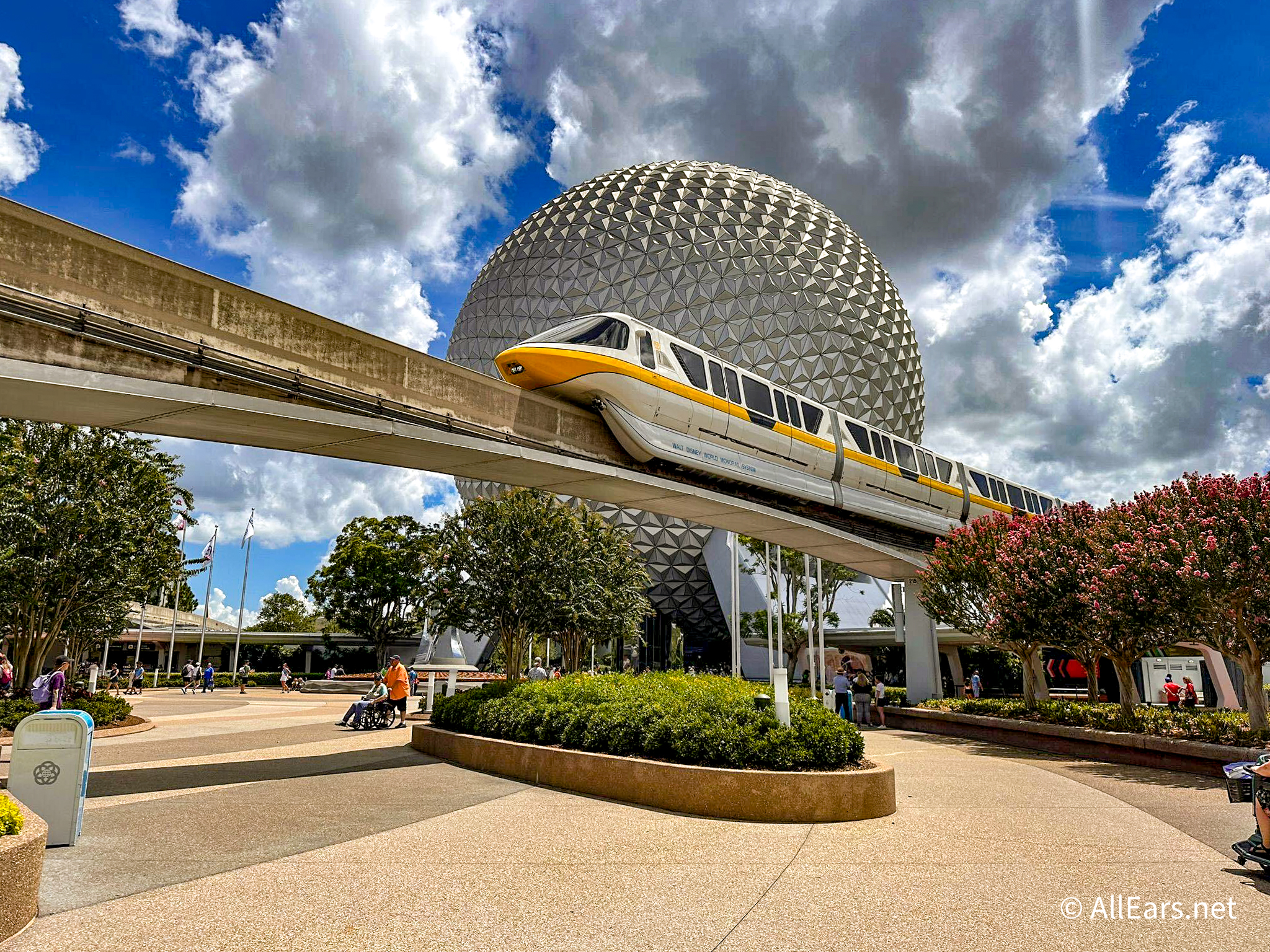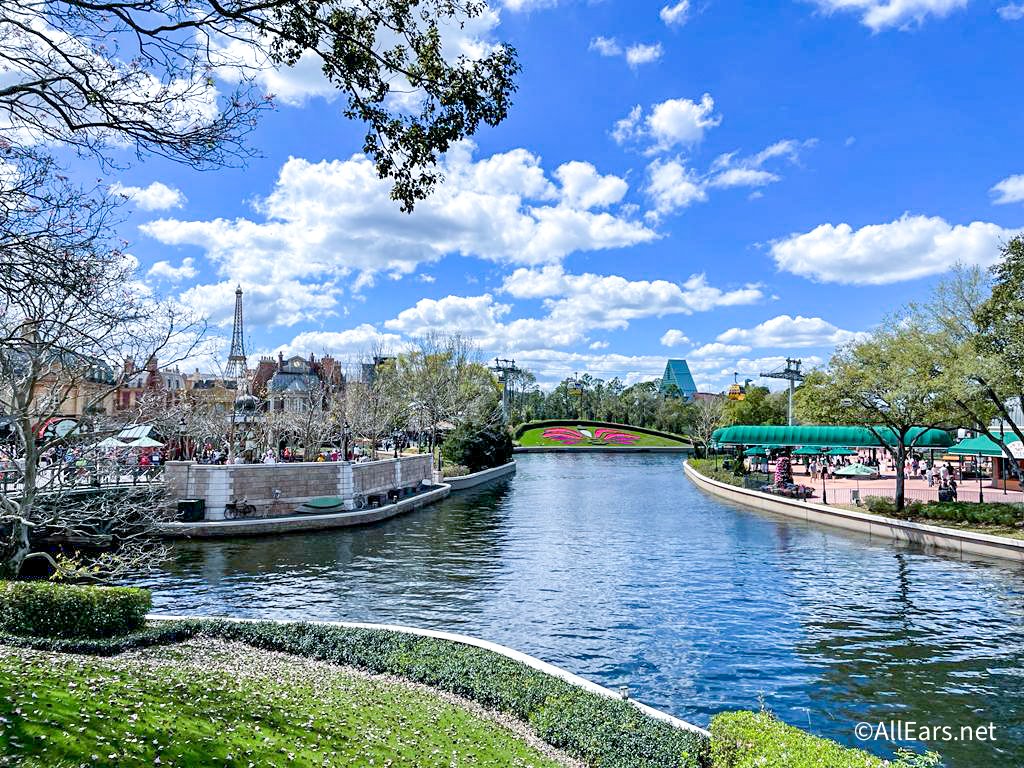
In honor of Earth Day, I’m recycling my first two AllEars.Net blog entries. Wait, it gets better. I’m recycling battery blogs. Thank you, thank you.
We bloggers have had an incredible increase in the number of readers and so a good percentage of you may have never read what I am re-posting. For those of you who have read this before, I’ve added updates.
There are a variety of things to consider when shopping for a digital point and shoot camera. In my experience I have found that people make the choices that are best for them and that’s the right thing to do. If you do your research, without making yourself crazy, and ask a few friends what they like/dislike about their cameras you will be a better educated consumer. Let’s get you started on the road of knowledge.
Batteries: Positive and Negative (get it? a ha ha hmm) **This joke still makes me laugh**
A digital point and shoot will either run on AA batteries or a lithium-ion battery. Some cameras will allow you to substitute a CRV3 lithium or lithium-ion for 2 AA batteries. AA’s are what we’re most familiar with. We use them in toys, walkmans **flashlights**, discmans, and those water bottle/fans that Disney sells. Well, I’m assuming they take AA maybe they use AAA batteries. I’m **still** too cheap to buy one. Moving on, lithium-ions are what is in your cell phone. It’s that square or rectangular flat battery that keeps your phone powered so you can talk till the cows come home from a rollicking game of bingo.
I’ve compiled a list of pluses and minuses to both types of power.
AA
Pluses:
+ Easy to find in gift shops, drug stores, and even gas stations should you forget to pack them or they wear out. **You can buy them in bulk at wholesale warehouses.**
+ Most cameras take 2 and most chargers will power 4 at a time. This gives you a spare set ready for action
+ Rechargeables will allow an average of 250-300 shots per charge. **As cameras now have bigger LCDs and longer zoom lenses, rechargeable AAs will get you 150-200 photographs per charge.**
Minuses:
+ Alkalines can last as little as 20 minutes. **Make that 10 minutes. I’ve seen it happen.**
+ Spend more money on alkaline and lithium.
Plus and Minus: Chargers can take anywhere from 15 minutes to 8 hours, depending on the charger and strength of batteries.
Lithium-ion
Pluses
+ Available in camera stores and electronic stores
+ Average battery will take 400 shots per charge **Make that 300 photos for the same reasons stated previously.**
+ Chargers are compact
Minuses
+ Average manufacturer’s price is $30-60 for a spare. Off-brand lists for about $20-40. **Manufacturer’s battieries can go for $70 these days and the off-brands, up to $50.00.**
+ Like your cell phone battery, some last longer than others
Lithium-ions (left and center) come in a variety of shapes, sizes, and colors. They are also designed to work with specific cameras. AA’s are always the same size but are either alkaline, lithium, oxyhydroxide, NiCad or NiMH.
Disposable
Alkaline – Bar none these are the ones we’ve all used. They’re easy to find in your local supermarket and wholesale warehouses among many other locals. While they may be the most common they don’t last very long. Alkaline batteries actually lose power sitting around waiting for you to buy them and while sitting idle in electronic devices. My recommendation is to only use them in a pinch. A 4-pack averages $5.00.
Oxy nickel hydroxide – What? I know, I know…most people haven’t heard of this species. It’s a new cross-breed of throw away batteries. They’re not as easy to find as they should be. In comparison to alkalines, oxy nickel hyroxide batteries last twice as long. A 4-pack goes for around $6.00 and are avaliable in electronics stores as well as discount department store chains. **I’ve seen 12-packs by Panasonic for about $3.00 at Ritz Camera.**
Lithium – Energizer is producing these and advertising them everywhere. These powerful little guys last 5-7 times as long as alkalines. In fact they can outlast rechargeables however once they’re kaput, they’re kaput. Look for them in camera shops, hardware stores, and online. A 4-pack costs $15.00. **They’ve come down to roughly $12.00 for 4 batteries.**
Rechargeable
Nickel-cadmium (NiCd) – An alternative to the previously listed batteries are rechargeables. Since they can be used over and over again, you’ll save money in the longrun. NiCd’s are a great option in this regard. There are a variety of companies making them. Ideally they are for those who use their cameras often because these batteries can develop problems if they are not properly discharged before recharging. A 4-pack of AA’s with a charger sells at $20 -30.00.
Nickel-metal hyrdride (NiMH) – As more and more consumers are purchasing their 2nd, 3rd or even 4th digital camera they’ve learned that NiMH batteries are the way to go. Unlike NiCd’s, they can withstand random charging . Available for purchase nearly everywhere you find alkalines, a set of 4 can be bought for $10.00 or with a charger for $15-40.00. Also, there’s another breed elbowing it’s way into town. These are ready-to-use AA’s made by Sanyo and Rayovac among others. Typically they cost $12 for a 4-pack. ** Sanyo’s Eneloops are very popular nowadays and come in a variety of packages.**
Important things to remember:
Never mix battery types in a camera.
Store batteries in a cool dry place. They are perishable; extreme heat or cold can ruin them.
Don’t attempt to charge alkaline, lithium or oxy nickel hyroxide batteries. **They will leak and/or explode. You can ruin the charger as well.**
New NiCd’s and NiMH’s need to be fully charged before their first use.
Don’t leave your charger plugged in for an excessive amount of time.
Always follow the manufacturer’s instructions.
Check out our Camera Section of the AllEars Amazon.com Store!
Camera and Lens
Accessories
Photo Books and Magazines






















Trending Now
This once-canceled TV show just got renewed for an eighth season.
Don't miss out on these super low prices on Amazon for a bunch of cool...
Universal just posted a sneak peek at NEW Epic Universe rides!
Fireworks are an iconic way to end your Disney World day! But as sunset gets...
Disney World and Disneyland Resort recently announced that they would soon make changes to the Disability Access...
Victoria & Albert's at Disney World just received a MICHELIN Star!
This is the BEST Disney World hotel according to our readers, and you can't convince...
Two rides have announced months-long closures at Universal Studios Orlando!
You'll need to know about this date in Disney World!
See what a Disney EXPERT does when a ride is CLOSED!
Keep an eye on the weather in Florida this weekend -- it's going to be...
Do we have a hint as to when Tiana's Bayou Adventure will open?
With the EPCOT International Food and Wine Festival right around the corner, make sure you...
We use these seven cheats at Disney World's EPCOT all the time.
Start getting ready to add some new shows and movies to your Disney+ watchlist!
I go to Disney World alone A LOT, and these are the restaurants that never...
You'll NEVER guess who just visited Disney World!
Disney has announced that they have officially decided on the theme for what will replace...
Disney is bringing Leah Chase's family to the Magic Kingdom!
These 19 Mickey Mouse shirts are guaranteed to make your Disney trip better!